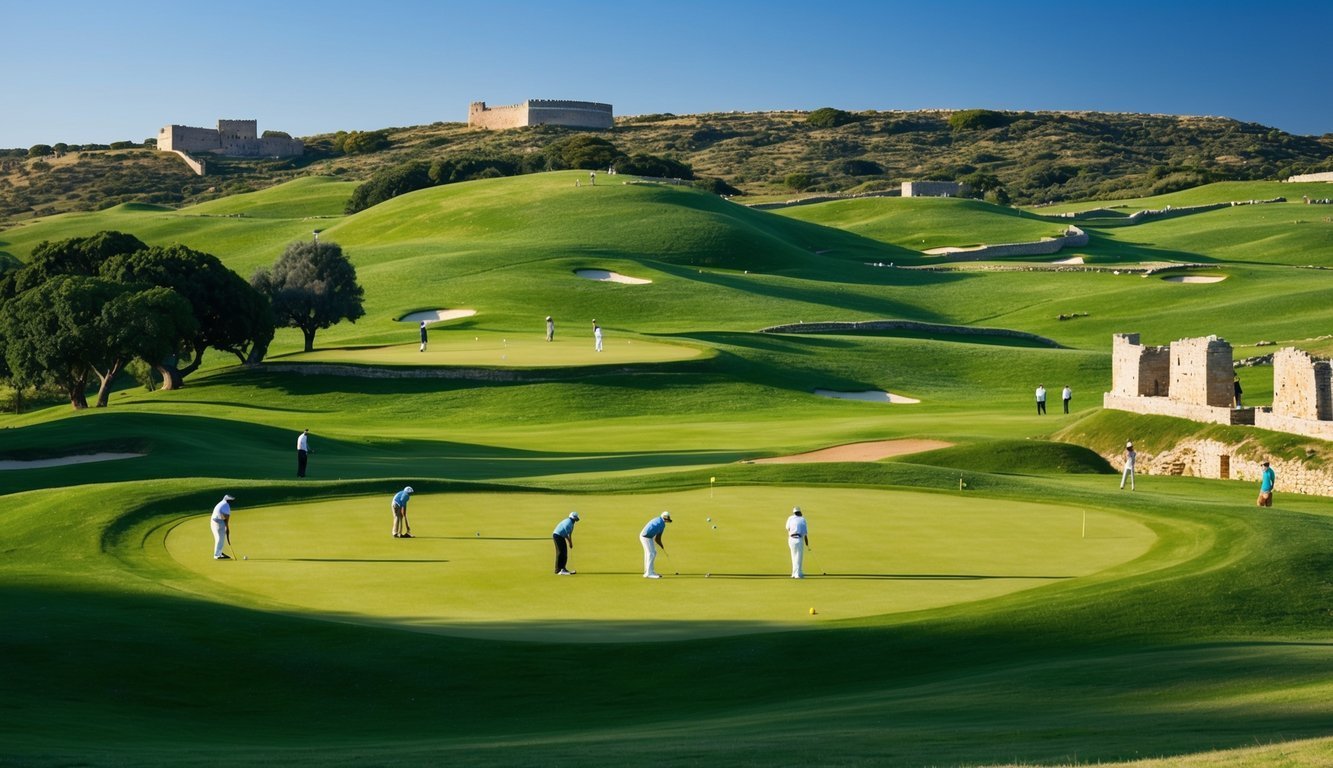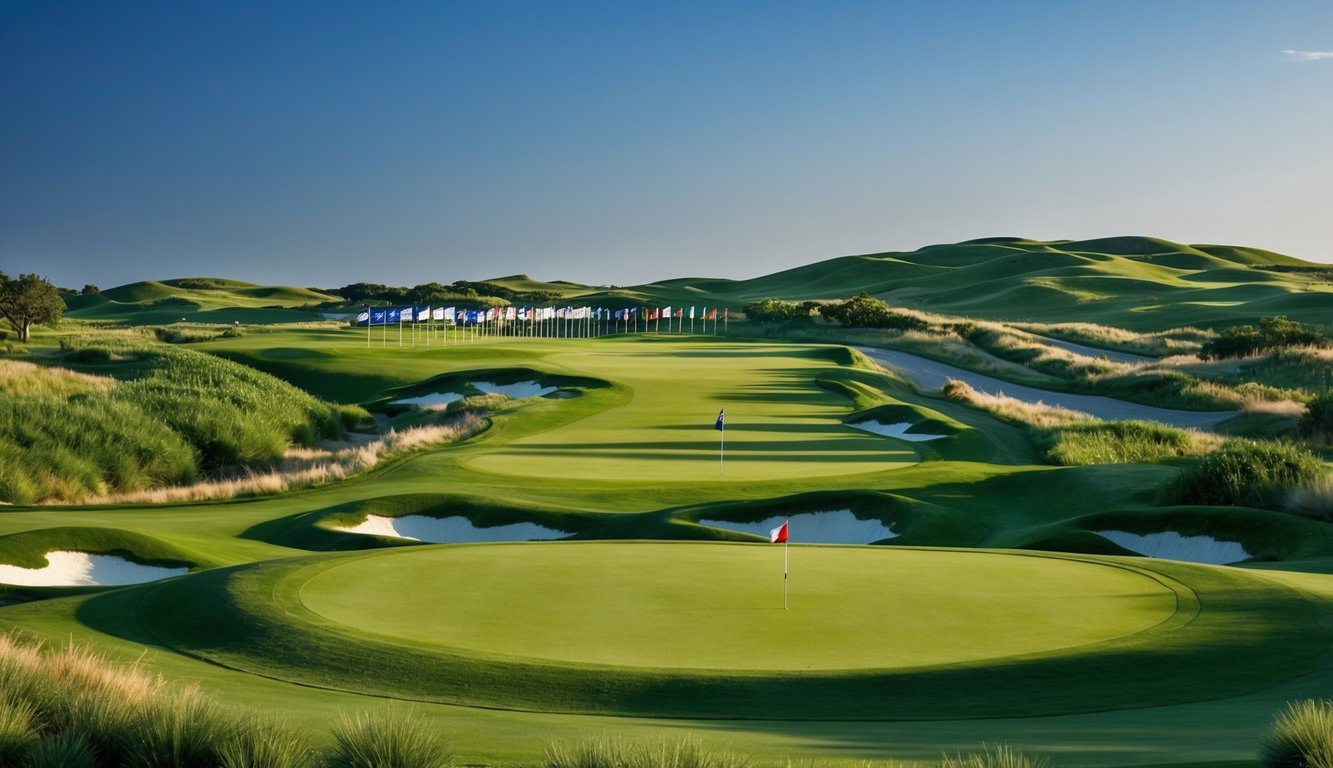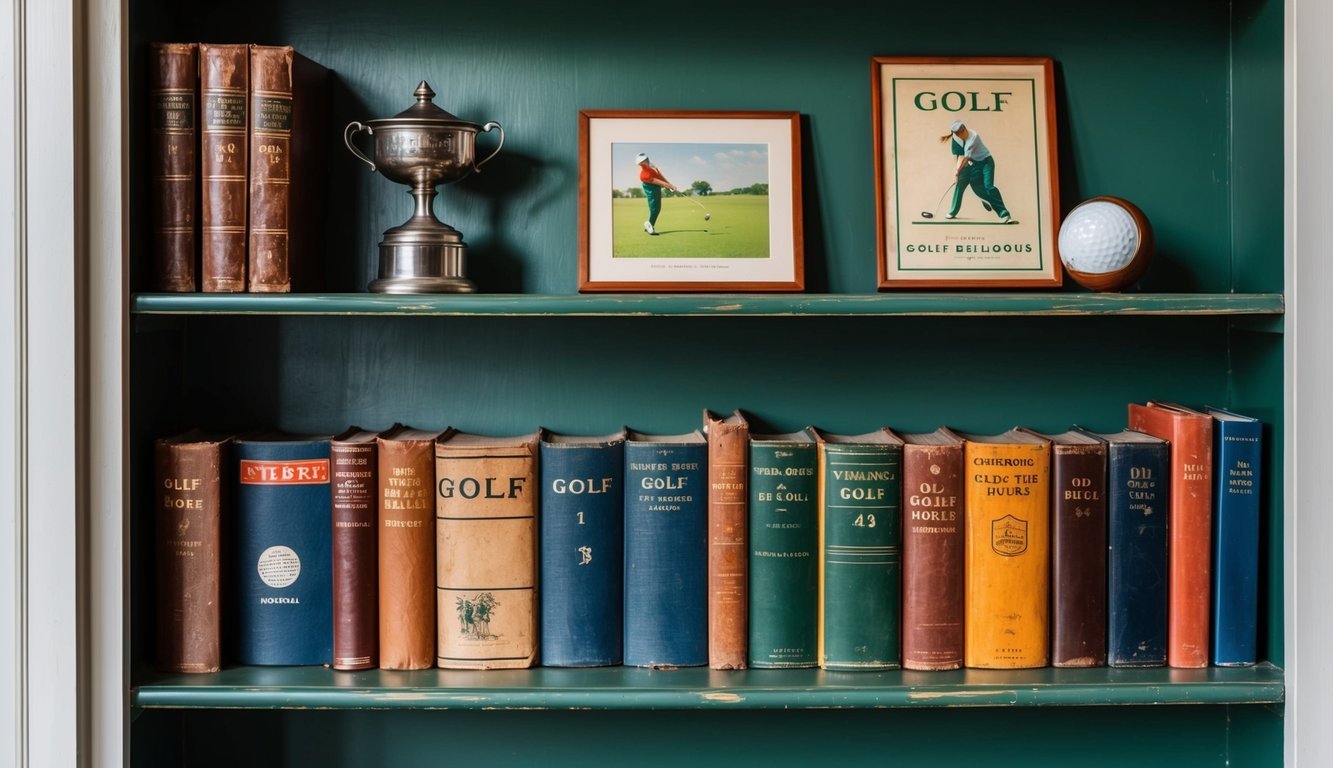PsychNewsDaily Publishers
100 Summit Drive
Burlington, MA, 01803
Telephone: (320) 349-2484
PsychNewsDaily Publishers
100 Summit Drive
Burlington, MA, 01803
Telephone: (320) 349-2484
Golf originated in places like China and Scotland, evolving from early games involving sticks and balls into a structured sport with formal rules and equipment.

Golf’s story goes way back. Its origins might be traced to places like China, where a game called chuiwan was played. This was around the 12th century, and they were hitting balls with clubs, kinda like what we do now.
Then there’s Scotland. Oh, Scotland! In the 15th century, golf really started to take shape, especially around Edinburgh. King James II of Scotland even banned the game in 1457. He thought folks shouldn’t be playing golf when they should be practicing archery. Can you believe that?
Some say the Dutch played kolf, a game with sticks and balls, too. I wonder if that had any impact on Scottish golf. The more I read, the more I think about how many cultures had their twist on games with similar goals.
In those early days, golf wasn’t just a sport; it was a social gathering. People would hit balls on the links, enjoying the air and company. It’s kind of lovely to think about how it all started, setting the foundation for the game we see today. It’s incredible how something so simple evolved into what we now cherish as golf.

Golf has come a long way from its humble beginnings. The journey of this beloved sport reveals how it evolved from a simple pastime into the structured and popular game we know today.
When I think of golf’s origins, my mind always goes to Scotland. It’s commonly known as the birthplace of modern golf. The Royal and Ancient Golf Club of St. Andrews is a key player in this story. Established in 1754, it helped shape the game’s rules and traditions.
The Scottish links courses, like St. Andrews, showcased the unique challenges of the game. The coastline landscape influenced the way courses were built. With natural hazards like bunkers and rough terrain, golfers needed skill to navigate.
Early clubs were often made of wood, and players used a basic leather ball stuffed with feathers. I find it fascinating that these simple beginnings laid the foundation for today’s sophisticated equipment.
As golf grew, so did the need for clear rules and better equipment. In the late 1800s, clubs and balls started to improve. The introduction of gutta-percha balls in the 1850s marked a significant change. These balls were cheaper and more durable, making the game more accessible.
The rules we play by today were formalized as well. The United States Golf Association (USGA) was founded in 1894 to unify the game in America, similar to how the Scots managed it. The first U.S. Open was played in 1895, setting new standards in competition.
I often wonder how the shift in design of golf clubs—moving from wooden heads to metal ones—changed how we play. It all seems to tie back to the quest for precision and performance.
Golf crossed the Atlantic, and America embraced it in a big way. By the early 1900s, we saw more golf clubs and courses popping up all over. The growth was driven by the influx of Scottish immigrants who brought their love for the game.
Iconic courses like Pebble Beach and Augusta National emerged. The British Open and U.S. Open became major championships that drew international attention. I think it’s amazing how golf created community among players, bringing them together, whether at a local club or in major tournaments.
With golf course architects designing new layouts to challenge golfers, the sport began to flourish. It’s pretty cool how this transformation has made golf a game enjoyed by so many around the world.

Golf’s history is filled with legendary courses, remarkable players, and prestigious tournaments that shape the game’s identity. These elements make the sport rich and diverse, drawing fans and players alike into its fascinating world.
When I think about golf courses, a few names jump right out. One of them is St. Andrews, often called the “Home of Golf.” It’s where the game began in the 15th century. The shared history at St. Andrews makes it a must-visit for all golfers.
Then there’s Augusta National, home of The Masters. This course is famous for its beautiful azaleas and the thrill of the green jacket. The atmosphere during the tournament is electric, and I can’t help but feel the excitement.
In the U.S., the U.S. Open showcases various stunning venues, while The Open Championship in the UK offers a unique challenge. Each course has its character, making every visit special.
Honestly, thinking about golf legends gets me pumped! Take Tiger Woods—his impact on the sport, especially in the late 20th century, is huge. He’s not just a champion; he’s a cultural icon. Then there’s Jack Nicklaus, whose record for major championships is something many still chase.
I can’t forget Arnold Palmer. His charisma transformed golf and brought in new fans. Each of these players has a story, one that inspires us to hit the green and strive for greatness.
Legends like Bobby Jones and Ben Hogan also made their mark. Their dedication and skill remind us that mastering golf takes talent, hard work, and a love for the game.
Tournaments have a special place in golf history. Events like the Masters, U.S. Open, and The Open Championship aren’t just contests; they’re milestones. Winning one is like reaching the peak of a mountain for players.
Then there’s the Ryder Cup, a fierce team competition that sparks national pride. It’s thrilling to see the best of the best go head-to-head in a spirited battle. And let’s not forget the Curtis Cup, showcasing talented female players and their achievements.
These competitions not only celebrate skill but also build a shared legacy. Each tournament adds a chapter to golf’s story, connecting fans and players in an ongoing love for the game.

Golf today is a big deal. I mean, it’s not just about swinging clubs anymore. It’s like a mix of tradition and innovation. The clubs have gotten super high-tech, using materials that make swings better and drives go farther. I can’t help but think about how far we’ve come since the old days.
Television also plays a huge role now. We get to watch major tournaments like the Masters or U.S. Open right in our living rooms. It’s amazing to share the excitement with friends, even if we’re just cheering from home.
The game has also become more inclusive, thanks to the handicap system. It lets everyone play together, no matter their skill level. I find it cool how different golfers can enjoy a round without feeling out of place.
Now, when I talk about popularity, I can’t skip the USGA and R&A. These organizations guide the game and keep it fair. With more golf clubs popping up, especially in the U.S., it feels like there’s a course for everyone. Playing a round these days can mean hitting a fancy course or a cozy local one.
Honestly, I wonder how golf will continue to evolve. It’s exciting to see where this sport goes next. The mix of history with the new stuff keeps it fresh and fun.

Golf’s history is packed with interesting stories and evolution over time. From its early rules to famous ban moments, there’s a lot to uncover about this beloved game.
So, golf traces its roots back to ancient times, with some sayin’ it started in Scotland. People were hittin’ balls with sticks on the links long before it turned into the sport we enjoy today. I wonder if they knew how popular it would get!
Early golfers had their own set of rules that were a bit different from what we see now. One of the oldest rules involved how you had to hit the ball again if it landed in a water hazard. It’s funny to think how some things have changed, right?
The invention of golf might not have one single person behind it. It’s more like a blend of cultures and influences. Some legends credit the Scots with refining the game into what we know today. Isn’t it cool how many hands shaped the game?
Golf clubs have really evolved over time! They started as simple wooden sticks and have transformed into today’s high-tech wonder devices. I often think about how players back then must’ve felt swinging those heavy clubs compared to the light ones we have now.
Ah, the ban in 1457 is quite the tale! It was during a time when King James II wanted everyone focused on archery for defense. Golf was seen as a distraction. It makes me wonder if the players were sneakin’ out to play anyway!
Golf’s transformation from a casual pastime to a professional sport is pretty fascinating. It grew with the rise of tournaments and organizations in the 19th century, making it more popular.
It makes me think about how many games started out just for fun before turning into serious sports!